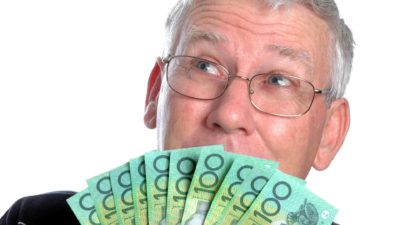The S&P/ASX 200 Index (ASX: XJO) ended the day in the red despite some encouraging unemployment figures from the Australian Bureau of Statistics (ABS).
The ABS today revealed Australia's unemployment rate fell to 4.9% in June — the first time since December 2010 it's dropped below 5%. However, the news did not positively affect the ASX 200, which ended the day 0.26% lower at 7,335.
The ABS says June was the eighth consecutive month of falling unemployment, despite the country battling through the COVID-19 pandemic.
Pre-pandemic (March 2020), the unemployment rate was 5.3%.
"The declining unemployment rate continues to coincide with employers reporting high levels of job vacancies and difficulties in finding suitable people for them," said Bjorn Jarvis, head of labour statistics at the ABS.
Meanwhile, youth unemployment fell 0.5 percentage points to 10.2%. This is the lowest youth unemployment rate since January 2009.
In addition, almost 30,000 jobs were created during the month. The participation rate remained at its near-record high of 66.2%.
In less positive news, underemployment (working less hours than one wants) is also up. It increased 0.5 percentage points to 7.9%.
Hours worked also decreased nationally by 1.8%. This was driven mainly by the Victorian lockdown, which saw worked hours in the state fall 8.4%. It increased 0.5% in the rest of the country.
It should be noted today's figures don't take into account the Sydney lockdown. Its impact will become apparent in the July numbers.
ASX 200, interest rates, and unemployment
The good news did not provide a boost to the ASX 200. However, that may not come as a surprise. The last time the ABS released a jobs update in June it was also positive — yet the ASX 200 again fell slightly.
So what does this mean going forward? Shane Oliver, chief economist at AMP Capital, says he expects unemployment to rise again next month.
"However, given the business and household support measures in place and assuming other states are less affected and continue to grow, this should be contained to just below 5.5%," he said.
Mr Oliver also said today's numbers should have put extra pressure on the Reserve Bank of Australia (RBA) to increase interest rates, but Sydney's lockdown will temper those expectations somewhat.
"The Sydney lockdown will mean a hit to employment greater than seen in the other snap lockdowns since November for the simple reasons that it's far longer and more people are affected.
"Consequently, the RBA will have to wait for the dust to settle and see how quickly things bounce back once the Sydney lockdown ends before firming up its views on what to do regarding its bond buying at its next review in November and the timing of its first rate hike."
Motley Fool Australia has previously reported on the relationship between interest rates and the ASX 200.
Finally, Mr Oliver says the unemployment numbers could fall even further in the future.
"Our view remains there is still a fair way to go until full employment is reached. Based on the pre-coronavirus experience, full employment is likely to be 4% or so for traditional unemployment…
"(We) remain of the view that the first rate hike will come in 2023 … but that's still a fair way off."









